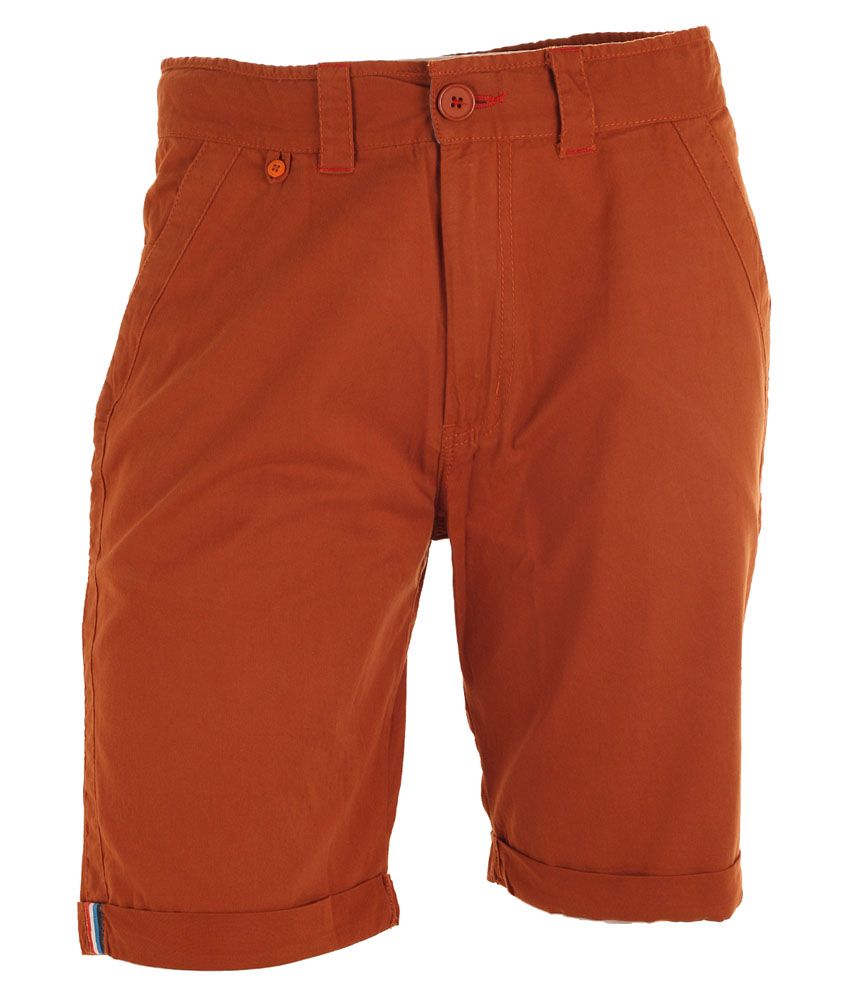More info about Faraday Clothing

Faraday clothes are a new type of defensive clothing that is designed after the silvery lining involving a mission darkness hat. Although almost all of it is V-neck t-shirts, it is not meant in order to be worn without having protection for vital organs. You can even get Faraday clothing for pregnant women, including feminine lace camisoles as well as the maternity clothes.

Fabrics used within faraday cages
Faraday cages are constructed of materials that are resistant from electromagnetic energy. Fabrics made of nickel, copper and polyester are known to be the ideal faraday cages. These materials are corrosion-proof, sturdy, lightweight, and fashionable. The materials also have 99% blocking efficiency against wireless frequencies.

The materials used in the production of Faraday cages can end up being either thin or even thick. The thickness of the material will determine the amount of insulation it will offer. But thin layers are just equally effective than thick layers.
Fabrics used in the quest for darkness and hats
Typically , the Mission Darkness cap is really an incredibly soft and curved-visor snapback. It will fit most head sizes comfortably and is made of lightweight, flexible fabric. Its front and area vents allow about airflow, making it the perfect everyday wear hat. However, unlike https://www.proteckd.com/collections/faraday-clothing that aren't as difficulthats, the Mission Darkness hat does not need to have an EMF shielded liner, which means it is not necessarily ideal to wear while using electronic devices.
To make an Objective Darkness hat, you will need to buy their TitanRF Faraday fabric kit. The kit includes the conductive tape. The cloth is approved to be certified by Keystone Compliance, plus it has antifungal and antibacterial properties. This stuff is also good designed for earthing purposes.
Textiles used for Lambs' Wavestopper(tm) fabric
Lambs' Faraday line associated with clothing provides great comfort and antimicrobial EMF blocking technology. The Wavestopper(tm) fabric is made of a proprietary mixture of fibers that block 99% of harmful radio waves, cell phone radiation, Bluetooth signals, and WiFi signals. The fabric is also antibacterial and toxic-free. Do not apply nanoparticules or other additives that could be harmful.
Lambs antibacterial socks are made of silver-coated cotton, synthetic, and spandex. The unique style of these socks allows the creation of a unique suit as well as breathing. Prices for these clothes start at $25. If you're not pleased with the purchase, the retailer will give you a full refund. Typicallyeld us all from electromagnetic disturbance. Using a coating involving MXene which is a material, it blocks signals at frequencies ranging between the low Megahertz and up to Gigahertz. The fabric is certainly also washable and durable. Researchers from your Drexel Nanomaterials Start have developed textile that can be coated with this material.
This specific material blocks electromagnetic interference more efficiently than any other materials in addition to being able to be adapted to fabric. Watch the below for a video to discover what it looks like in action.
Silver precious metal
Silver faraday apparel works to cover the body by the effects of EMR and some other types of radiation. The fabric is definitely made of silver-conductive fibers that typically absorb electromagnetic waves and echo the electromagnetic waves. The lambs' Faraday Boxer Briefs, for example, obstruct 99% of the harmful radiation coming from cellphones, microwaves as well as WiFi. These types of garments are also heat-regulating, anti-microbial, and moisture wicking.
Anti-EMF clothes are typically available in various forms, from t-shirts and caps to socks and jackets. The majority of these clothes are made from silver, however, other metals may be used as well.
Metals that resist corrosion
The development of corrosion-resistant alloys for clothing that can be worn on faraday requires specialist knowledge of metals. The particular process could be a matter of structure, and a wrong assortment can lead to errors in application and unreliable outcomes. Luckily, there is definitely an emerging industry of corrosion-resistant precious metals.
Corrosion-resistant alloys really should have good thermal conductivity and mechanical characteristics. They should also be an easy task to job with. They should also be able to withstand the attack of neighbors and intragranular corrosion. And they should be resistant to corrosion in saltwater, the atmosphere, and natural chemical. Metallurgical experts will be in a position to advise you on the right materials for the environment within which you work.
